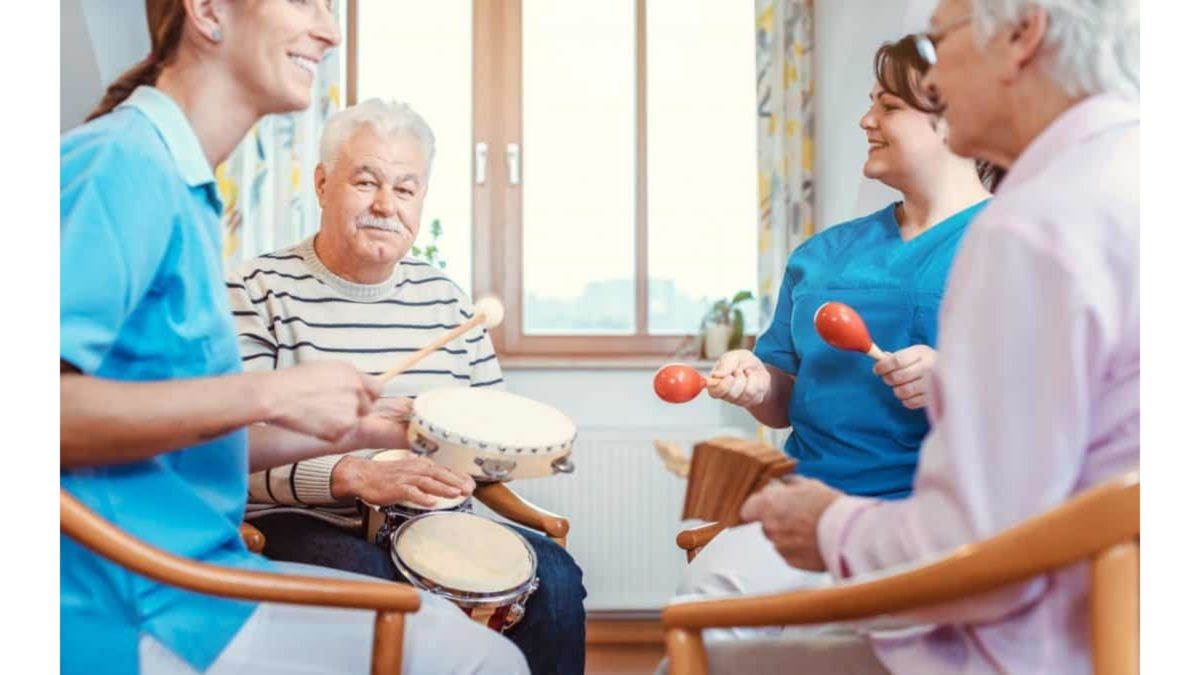What is the most important element of successful teamwork in long-term care communities? The answer, although obvious, is easier said than done—Communication.
Teamwork Training
According to the AHRQ (Agency for Healthcare Research and Quality), effective communication is CRITICAL for efficient teamwork. Furthermore, research conducted by Salas E & Frush K. (2012) notes that developing communication skills for the purpose of teamwork can improve resident safety in long-term care communities. Therefore, teamwork training is well worth the effort!
In fact, teamwork training is not that complicated. Even a little shift in technique can make a huge impact!
The SBAR Technique
The SBAR technique (Situation, Background, Assessment, Recommendation) is a structured form of communication for healthcare professionals to discuss a resident’s condition. Consequently, the SBAR technique has been successfully applied in many different healthcare settings, which not only improves team communication, but also improves resident safety.
When you need to communicate with another team member, consider framing the conversation in the following format:
First things first, you want to identify yourself. Then, you will begin with the Situation by stating the problem. What is happening with the resident? Next you will communicate the clinical and personal (yes, personal) Background of the resident. Give pertinent information related to the situation. After that, you will provide your Assessment of the situation. What do you think the problem is? Finally, make your Recommendation. What action would you recommend? Describe what the resident needs and what you want. Also, make sure that you are speaking clearly and concisely. That way, it will prevent miscommunications and misinterpretations.
Below, you will see an example of how to properly use the SBAR technique to communicate information in long-term care communities.
Practice communicating in the SBAR technique with your team, and watch team communication challenges quickly dissolve!
RESOURCES:
https://www.ahrq.gov/hai/quality/tools/cauti-ltc/modules/implementation/long-term-modules/module4/mod4-facguide.html
https://eklavyaparv.com/content/communication-skills/400-nursing-notes-and-sbar-technique









